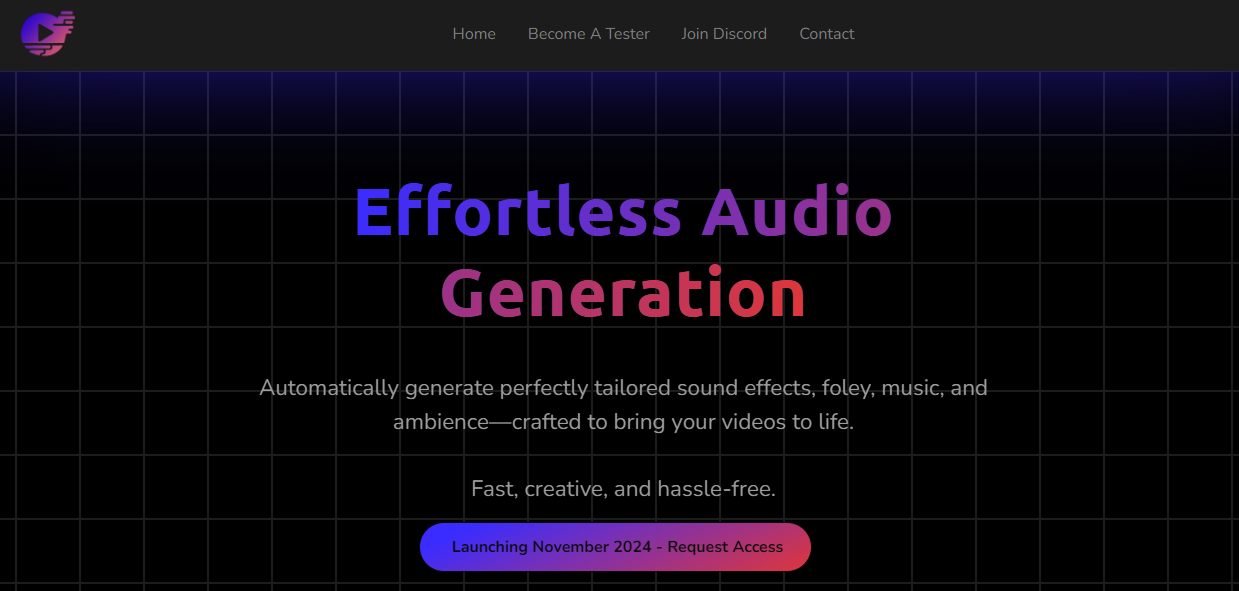Creating a healthy workplace is essential for maintaining employee morale, mental health, and productivity. A toxic work environment can have a detrimental effect on employees, leading to burnout, decreased job satisfaction, and higher turnover rates. On the other hand, promoting well-being in the workplace fosters a positive, productive culture where employees thrive. In this blog, we’ll explore key strategies to combat toxicity and promote well-being, with a focus on how tools like employee productivity monitoring software can support a healthy work environment.
The Importance of a Healthy Workplace
A healthy workplace is one where employees feel safe, valued, and supported. It’s more than just offering perks like free lunches or gym memberships. A truly healthy work environment prioritizes mental health, open communication, and work-life balance. Toxicity in the workplace, characterized by poor management, negative communication, and a lack of respect, can erode employee well-being and lead to long-term problems for the business.
Strategies to Combat Toxic Workplaces
1. Encourage Open Communication
A key factor in preventing toxicity in the workplace is fostering open communication. Employees need to feel comfortable sharing their concerns without fear of retaliation. Regular team meetings, feedback sessions, and one-on-one check-ins with managers create a space for employees to express their thoughts and address issues before they escalate. Open communication ensures that problems are identified early, promoting transparency and trust across the organization.
2. Promote Mental Health Initiatives
Supporting mental health is critical to maintaining employee well-being. Employers should offer access to mental health resources, such as counseling services or stress management workshops. Encouraging employees to take mental health days when needed can help prevent burnout and reduce the risk of long-term mental health issues. Additionally, employee productivity monitoring software can help managers identify signs of stress or overwhelm, allowing for timely intervention.
3. Cultivate Work-Life Balance
A healthy workplace promotes work-life balance by ensuring that employees are not overwhelmed by excessive workloads or unreasonable deadlines. Offering flexible work schedules or remote work options can help employees balance their personal and professional lives more effectively. When employees feel that their time is respected, they are more likely to be engaged, motivated, and productive.
4. Build a Supportive Leadership Team
Leaders set the tone for the workplace culture. Toxic leadership can trickle down through the organization, creating a negative environment for everyone. A supportive leadership team leads by example, showing empathy, respect, and encouragement. By fostering a culture of positivity, leaders can combat toxicity and ensure that employees feel valued and supported.
5. Implement Employee Productivity Monitoring Software
While employee productivity monitoring software is often viewed through the lens of tracking performance, it can also play a significant role in promoting well-being. By analyzing data on work patterns, managers can ensure that employees are not overworking themselves or consistently working long hours. When used correctly, monitoring tools can provide insights into workloads, helping managers allocate tasks more efficiently and prevent burnout.
6. Provide Career Growth Opportunities
One of the key elements of a positive workplace is the opportunity for growth and development. When employees feel they have room to advance in their careers, they are more likely to be engaged and motivated. Offer training programs, workshops, and mentorship opportunities to help employees develop new skills and grow within the company. This not only boosts their morale but also enhances the overall productivity of the business.
7. Recognize and Reward Employees
A lack of recognition can quickly lead to dissatisfaction and disengagement. Employees need to feel appreciated for their hard work and contributions. Implementing a recognition and reward system—whether through bonuses, public acknowledgment, or simple thank-you notes—can go a long way in fostering a positive work environment.
The Role of Employee Productivity Monitoring Software in Promoting Well-Being
Employee productivity monitoring software isn’t just about tracking time; it’s about understanding employee behavior and identifying patterns that may indicate stress or burnout. By leveraging these tools responsibly, managers can support their teams more effectively, ensuring that employees aren’t overwhelmed or overworked. This promotes both productivity and well-being, contributing to a healthier workplace overall.
Conclusion
Combating toxic work culture and promoting well-being in the workplace is essential for maintaining a happy, productive workforce. By fostering open communication, supporting mental health, cultivating work-life balance, and using tools like employee productivity monitoring software, businesses can create a positive work environment that nurtures employee well-being. When employees feel valued and supported, they are more likely to be engaged, motivated, and productive—leading to long-term success for the organization.












